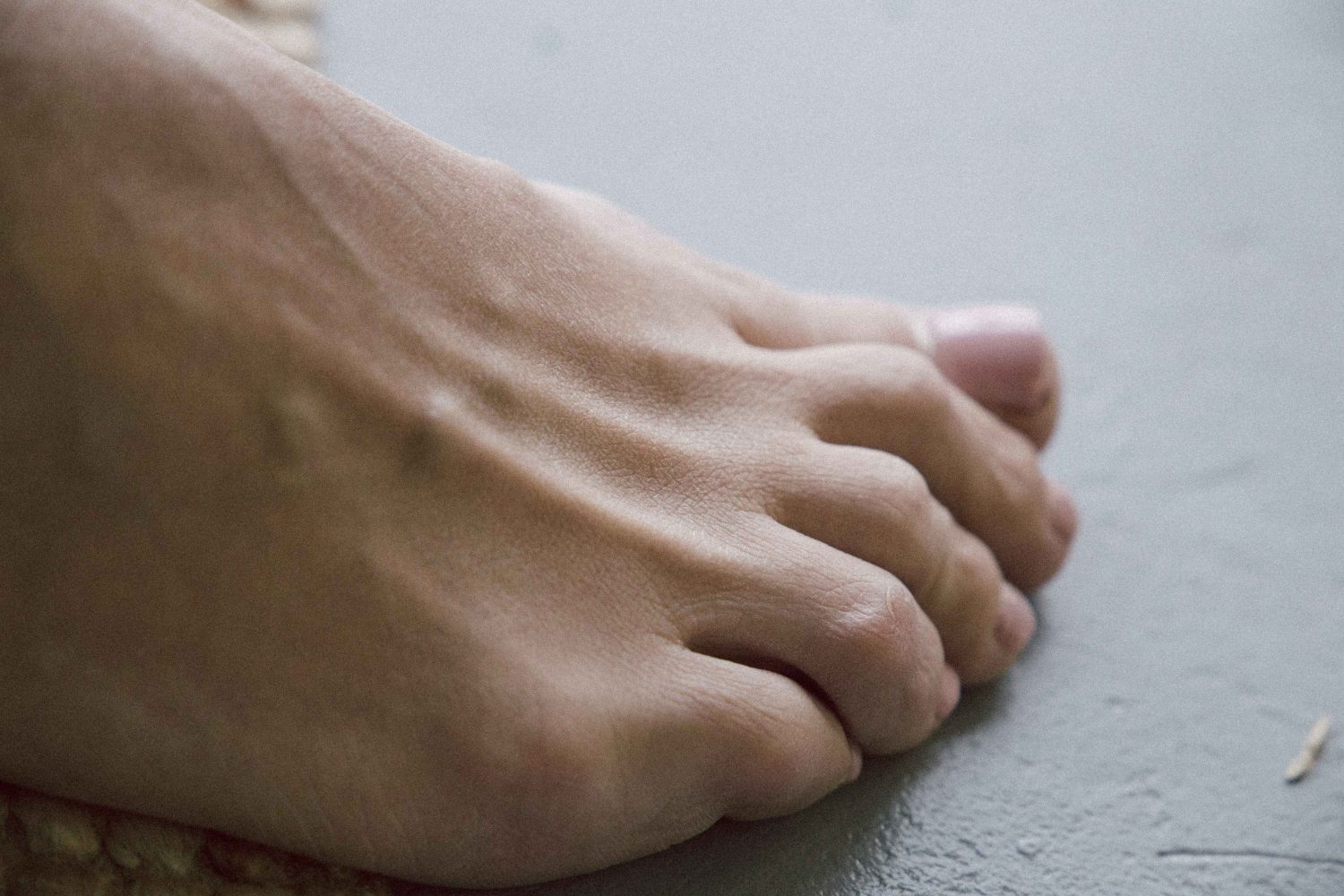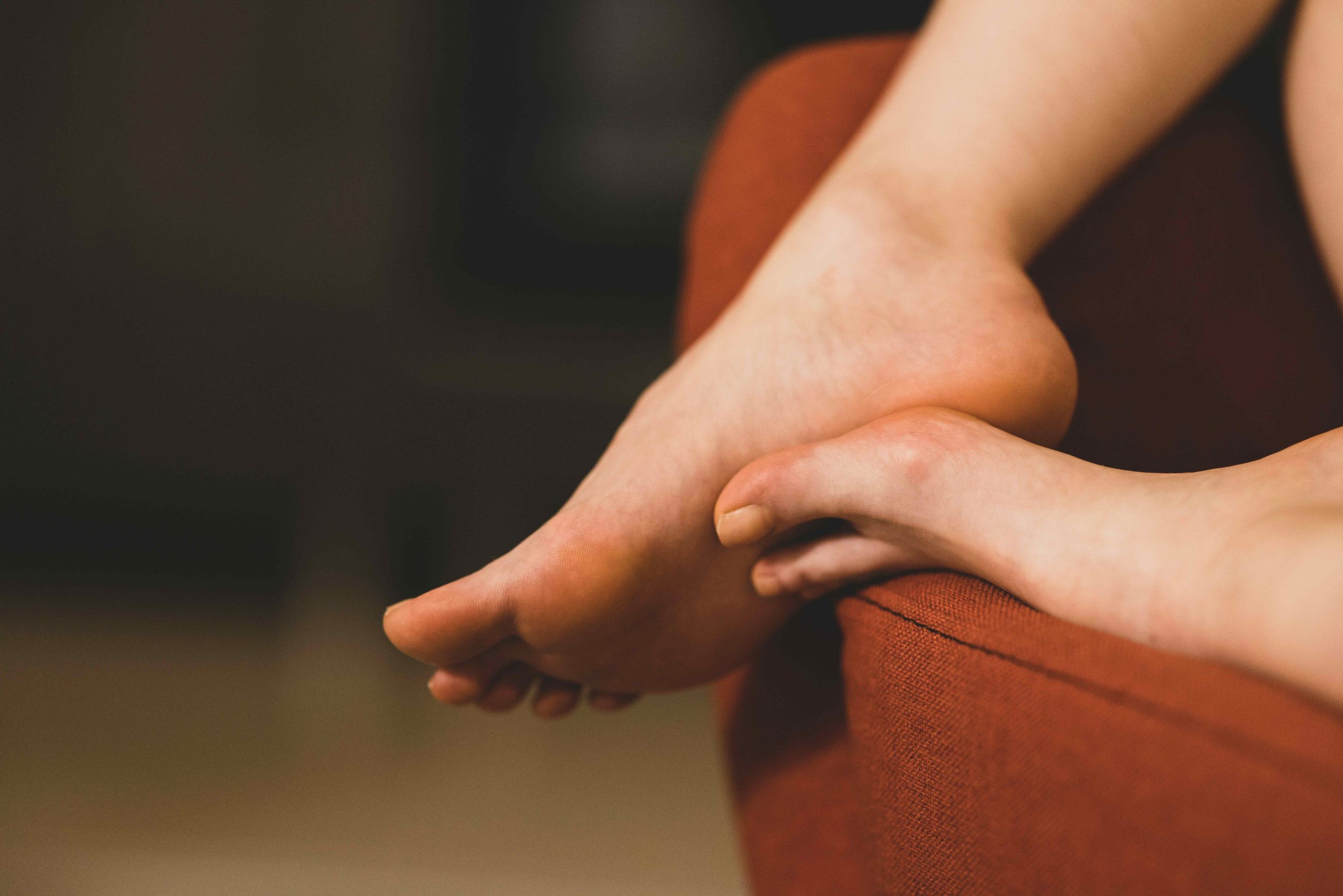Diabetic Foot Pain: How to Prevent It and Treat It?
Type 2 diabetes foot pain is all too common. Foot pain may occur due to nerve damage and other related issues. Although unpleasant, there are ways to prevent and treat nerve pain, so it doesn’t overtake your life and lead to other complications.
This article explains what you can do for foot pain from diabetes, ensuring your issues don’t worsen.
Why Does Diabetes Make My Feet Hurt?
There are several reasons why you may experience diabetic foot pain, but most are related to nerve damage. Chronically high blood sugar levels damage small blood vessels that nourish nerves, leading to impairments. As a result, people with diabetes often experience numbness, tingling, and pain in the feet, legs, and other parts of the body.
Nerve damage can lead to more severe complications. For example, it can alter the shape of your feet, increasing the likelihood of other foot injuries, such as calluses and blisters. It can also dry the skin of your feet, increasing the risk of foot wounds.
Blisters, calluses, and other types of foot wounds may not be a massive issue for most individuals, but they are dangerous for people with diabetes. Nerve damage makes it difficult for people with diabetes to feel foot wounds, so they often go unnoticed. Without proper treatment, they can become infected and develop into ulcers. Gangrene can occur, leading to amputations and fatalities.
People with diabetes also often have weakened immune systems and impaired circulation that slows down healing, increasing the risk of ulcers and infections.
Is There a Diabetes Foot Pain Cure?
There is no cure for diabetes foot pain, but there are ways to prevent and treat foot issues. Here are some recommendations for how to relieve diabetes foot pain.
Preventative Measures
You may wonder, can diabetic leg pain be reversed? It is possible, but it’s best to take preventative measures so it doesn’t happen in the first place. Here are some recommended techniques:
- Wear Comfortable Shoes: Uncomfortable shoes often cause foot wounds that can become more serious problems. Ensure your shoes are comfortable by:
- Purchasing shoes with a round or square heel that won’t pinch
- Avoiding heels that can set your feet at an uncomfortable angle
- Ensuring you have at least half a thumb’s width between your toes and the toe of the shoe
- Avoid shoes that are too big and can rub against your foot
- Choosing shoes with plenty of cushioning on the sole
- Purchasing shoes that are flexible and move with your feet
- Moisturizing Your Feet: Regular moisturizing can help prevent dry feet, thereby decreasing the risk of foot wounds. However, if feet become too moist due to sweat or improper drying, Athlete’s Foot may occur. For best results, dry them thoroughly and powder them after moisturizing. Follow up with moisture-wicking socks.
- Follow a Healthy Diet and Exercise Routine: A healthy diet and exercise routine will keep blood sugar low, preventing nerve damage.
- Check Your Feet Regularly: Inspect your feet regularly to catch wounds early and treat them before they worsen.
- Keep Feet Protected: Walking around barefoot and not wearing socks increases the risk of diabetes foot pain heel and other foot wounds. Keep your feet protected to avoid injuries.
- Take Prescribed Medications: Doctors often prescribe medications to keep diabetes under control and prevent foot wounds. Take medications as prescribed to reduce symptoms of nerve damage that can make foot wounds hard to detect

How to Treat Foot Pain in Diabetes
So, can diabetes cause severe foot pain? Unfortunately, it can. However, there are ways to treat painful conditions before they get worse.
Here are some solutions for how to ease foot pain from diabetes.
- Treat Wounds: Various foot wounds can occur in individuals with diabetes. They all require different treatments, but most can be addressed by applying a bandage to reduce friction.
- Talk to a Medical Professional: If you have diabetes, you may want to talk to a doctor to learn about how to treat foot pain in diabetes quickly, so the issue resolves itself sooner. For example, some doctors can remove corns and calluses before they develop into bigger problems.
- Take Pain Killers: You may want to take painkillers to relieve pain in heel of foot, diabetes, and other lower extremities. Over-the-counter medications may be effective. However, your doctor can also prescribe drugs designed to treat nerve conditions.
Feetsee Helps with Early Detection
So, what can you do to relieve foot pain from diabetes? Early detection is key. Monitor your feet regularly to detect issues early and treat them before they worsen.
The Feetsee app can help. It monitors your feet for temperature changes that can indicate inflammation. If it detects changes, it will alert your doctor so they can address the issue right away.

Detect Early, Prevent Amputations
Diabetic foot ulcers (DFUs) lead to significant discomfort, pain, numerous amputations, and billions of dollars in healthcare costs each year.
